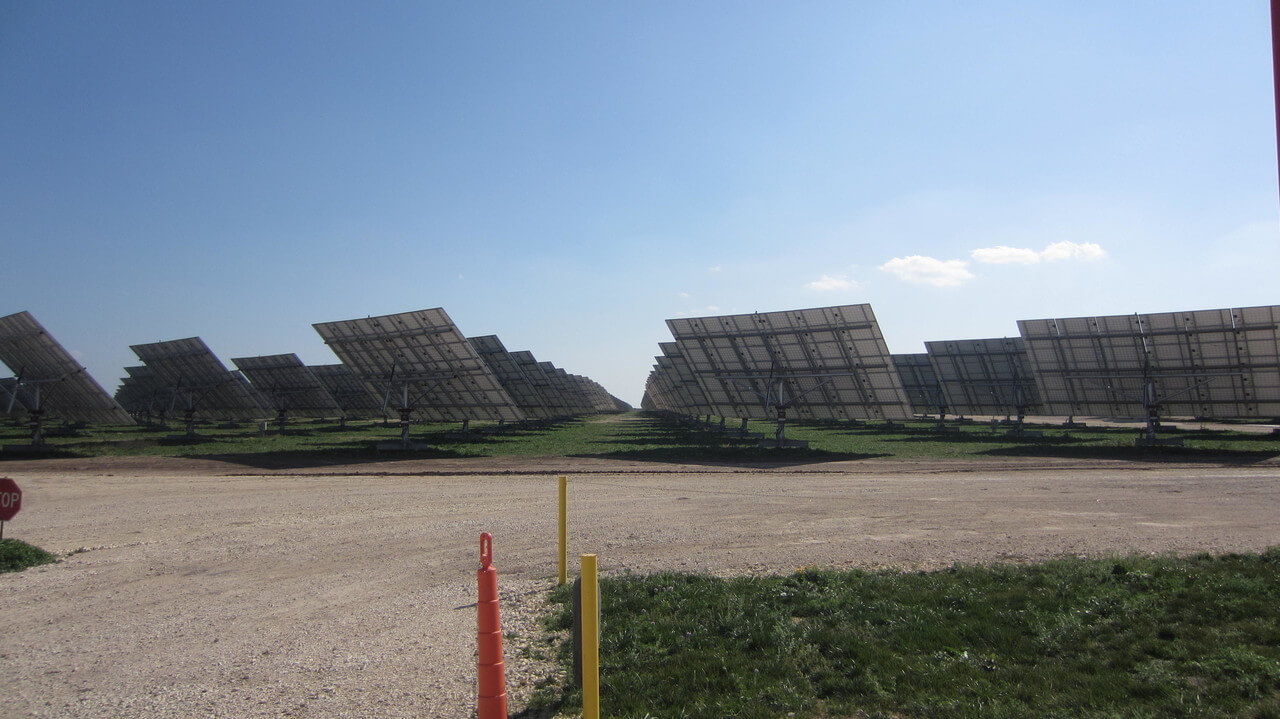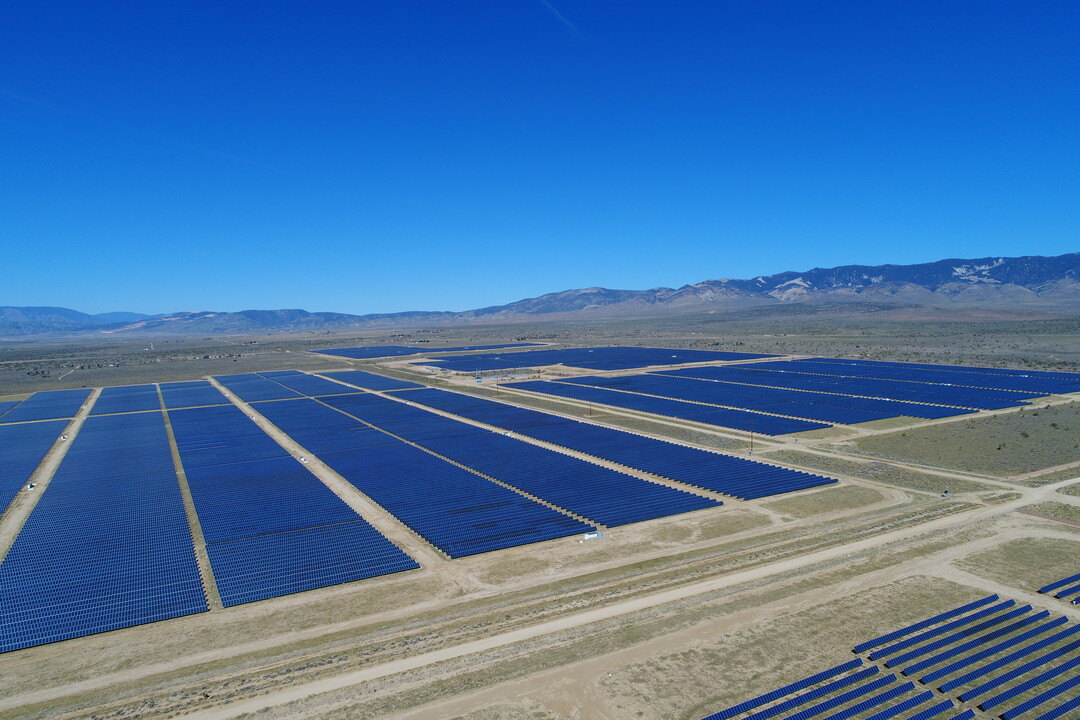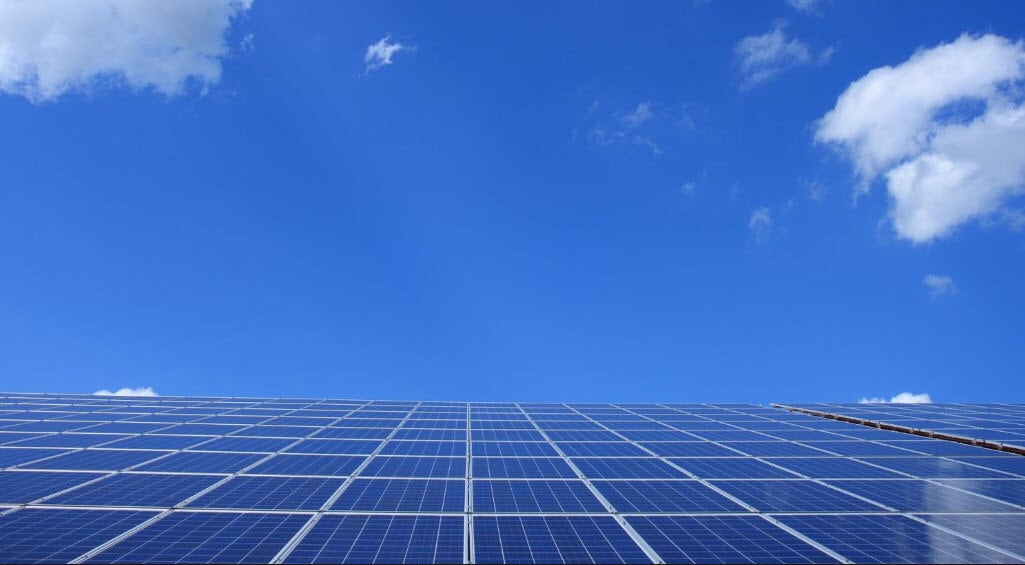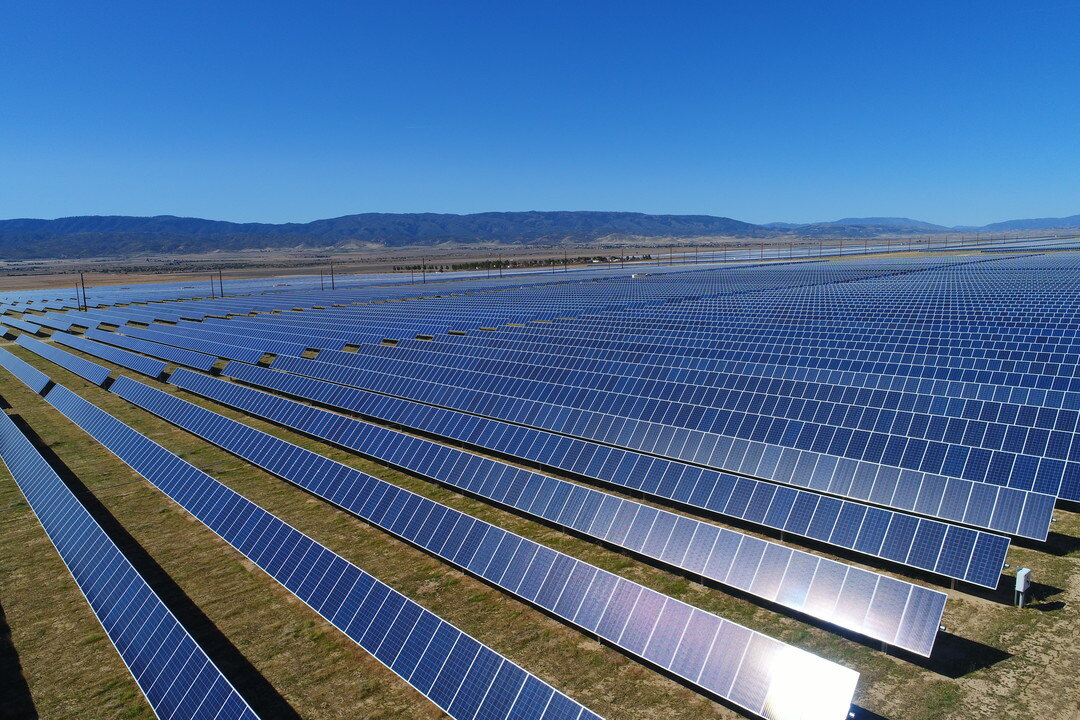The 10 Things You Need to Know to De-risk Solar O&M – #3: Industry O&M Costs are Underestimated

Stay in touch
Subscribe to our newsletter for expert insights, company updates, and the latest in renewable energy management solutions.
WHAT WIND POWER CAN TEACH US
A study was performed on wind power O&M costs in the late 2000’s which found that actual fleet operating costs were 20-40% higher than forecasted costs at the time. The primary reason for O&M costs being underestimated were unanticipated gearbox and blade failures that were occurring in the young fleet. The secondary reason stated was that projects were getting financed with optimistic (read: low) maintenance costs as ever-increasing price pressure pushed O&M budgets down.
This phenomenon is predictable as a young industry matures and smaller players, desperate for new business, submit O&M bids that don’t even cover their fixed costs. In fact, after a few years of cost upswings, wind power O&M costs eventually decreased and settled out about 25% above their original estimates. As more mature O&M organizations took over the bulk of operating and maintaining wind power assets, capacity factors increased, and project cash flows became more predictable.
IT’S DÉJÀ VU ALL OVER AGAIN
Solar power, which is a decade or so younger than the wind power market, is beginning to see the same kind of trends. Forecasted O&M costs are currently at an all-time low and maintenance contracts are being signed at prices that are probably not sustainable. Why? Primarily for two reasons:
- First, many solar projects are financed without a major maintenance reserve fund (see my article, Have a Good Inverter Refurbishment Plan). Some project owners are in for a rude awakening in 10 to 15 years when they have not accounted for the cost of refurbishing their inverters and other plant equipment. After the cost of labor, inverter refurbishment costs are the next largest O&M cost over the life of a solar power project.
- Second, solar is an immature market with incomplete historical cost data. Every new industry in a free market experiences costs swings. Competition attracts market entrants that become hungry enough to bid contracts at or below their fixed costs. Well-capitalized companies can afford to sell at a loss (for a while), but smaller companies eventually run out of money and can no longer service their contracts. Then prices go up until reasonable and sustainable margins are available in the marketplace.
WHAT SHOULD I DO?
It is my prediction that we are entering the bottom of the “cost trough” and solar O&M prices will begin creeping up over the next few years.
If you are using current O&M prices in your long-term project proformas you are probably underestimating operating costs for your solar portfolio.
How much are current solar O&M costs underestimated? If “the past is the best predictor of the future”, probably around 20-30%.
So what should you do about it? Take a detailed look at the cost side of your financing model and check to see if there is some sort of maintenance reserve for these inevitable refurbishment costs. It’s a fact—no central inverter will provide you with a useful life that coincides with the economic life of your panels. And while you are looking at your lifecycle costs, consider other parts that don’t last 20-30 years like electronics, motors, transformers and the like. These costs can amount to 5% of the life cycle cost of the plant. Also, unless you factored in nighttime maintenance, consider that your system availability will be taking a hit while all that equipment is being refurbished or replaced. Finally, a rule-of-thumb in maintenance planning is that unplanned maintenance is 6 times costlier than planned. If that is your strategy for addressing unplanned maintenance costs, you may want to develop a new plan.
Next week we will address the topic of break-even truck roll costs. This is a key metric you will want to know for optimizing the timing of your maintenance activities. As always, your feedback and insights on these important topics are appreciated.
Steve Hanawalt is Executive Vice President and Co-Founder of Power Factors LLC


.jpeg?width=2000&name=AdobeStock_691268307%20(3).jpeg)


